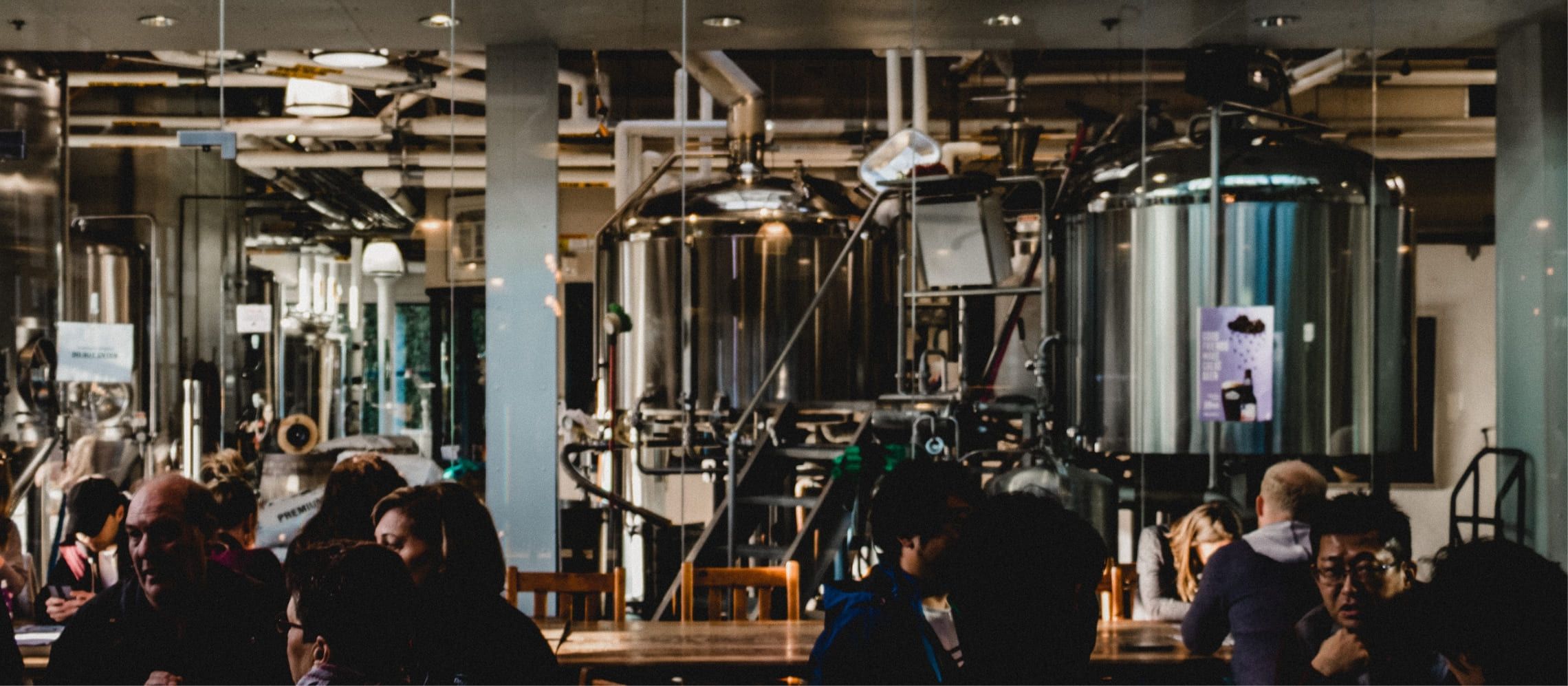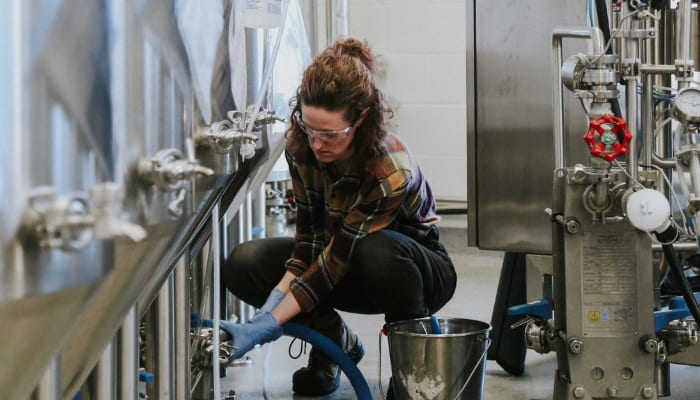Early Bird Deadline
30 November 2025
Judging
Date
23 March 2026
Winners Announcement
22 April 2026
30 November 2025
23 March 2026
22 April 2026

After several years of decline, beer sales in the UK are on the up again – indeed, with a 2.6% increase overall, 2018 showed the highest volume total in some 45 years, all of which cannot be attributed solely to a long hot summer and the World Cup. In fact, even during the years of overall decline, there has been some really dynamic movement – and real growth – within the headline figures.
Much of this growth continues to come from craft microbreweries and brewpubs, especially in terms of the smaller, craft brewers who produce less than 30,000 barrels. In fact, looking at the figures more closely, the real growth comes from breweries producing less than 15,000 barrels a year, and it’s craft beer that’s forecast to continue to grow as a category at the expense of ‘standard’ lager and ale. Some forecasts actually see these beers declining by around 25% over the next 5 years in on-trade terms.

Unsurprisingly, microbreweries account for nearly two-thirds of the craft category’s total growth, simply because there are more of them, but brewpub sales are growing at not far short of 20% year on year. Overall, consumption of premium craft beers is just shy of 2.9 million hectolitres, up some 3% over the last couple of years, representing over 500 million pints, and amounting to around 6.5% of the total UK beer market. Growth is being driven by consumer interest in premiumization and quality, as well as provenance, with craft products being seen as those that have a strong story. This driver is especially strong with younger consumers (Millennials, and now Generation Z – those consumers aged under 22) who look to drink less, but better. Consumers are more and more looking for smaller, independent producers rather than large corporations, those companies linked to a specific locality, seen to be working to ethical standards and values, using traditional, artisanal methods, with a focus on high human-input hand-crafted quality, and using locally-sourced ingredients to produce beers with unique character, taste and flavour. From a consumer perspective, it’s very much about having trust and respect for the producer and their brand(s). This dynamic is also reflected in the fact that there are now more than 2,000 breweries, the most for more than 80 years.
The route to market – how and where breweries are selling their beers – is undergoing dynamic change, too. Today, two-thirds of craft breweries have on-site facilities producing between 10% and 25% of their turnover. Half of these have shops, a third have tap rooms, and a third have visitor centers: it’s all part of the connection between craft breweries – where the beer comes from – and a high proportion of their customers who are very much wedded to the idea of independence and local products.
The move from cask to an easier-to-handle keg format (as well as bottle and can – these now account for some 20% of craft production) means that microbrewers can take over empty high street shops and develop new retail opportunities in street markets, in independent cinemas, and even hairdressers: this, together with listings in hotels and restaurants, also goes some way to counter the national trend of 70 pub closures a month (the home of cask) and the dominance of the big brewery companies through pub chains. It’s also a development that can make sound financial sense because beers can be sold at retail rather than trade margins (online, web-based sales through e-commerce, click-and-collect service provide full margins for craft brewers, too).
Unsurprisingly, this dynamic has not been missed by larger brewers who continue to buy up smaller craft brewers or commit real investment in producing their own ‘crafty’ products, launching new beers and styles, and ‘re-packaging’ existing beers to reflect the look and style of craft beers. Unless you’re a beer ‘purist’, that’s not necessarily a wholly ‘bad thing’ because the ability of larger brewers to promote and distribute their interesting beer purchases can introduce the consumer to a new taste experience which, next time, can bring people to try a local independent brewer. Furthermore, whilst the jury may still be out on how the financial clout of the big brewers will affect craft brands in the long-term, craft brewers still retain the undeniable advantage of being both nimble and adaptable and will hopefully continue to survive because, ultimately, it’s the consumer who dictates.
Indeed, it’s the role a microbrewery or brewpub plays in the fabric of the local community that strengthens that bond with the consumer and adds to the loyalty factor: not only in terms of the experiential element generated by consumer visits to the brewery, but, for example, by opening up a tap room for use by the community and providing an open and friendly atmosphere (dogs and children welcome), it becomes every bit as important as any pub, confirming the importance of local breweries for local communities and their role in supporting and fostering community cohesion.
Of course, there’s always good and bad in a dynamic, changing marketplace: this growth in both small and large breweries producing more limited edition, or small batch, beers has had another effect, with a surge in beer trademark registrations, now up in the thousands a year, and more than doubling since 2010. As a result of this, a new industry to provide intellectual property services for beer brands has appeared with the objective of providing brewers with legal protections. There’s something of a darker side to this, however, with established breweries looking to expand trademark portfolios for everything they produce (and, also, what they might produce, or, as a marketing and sales spoiler, not want others to produce) so possibly making it less easy for new players to enter the market, with less choice at more cost, or exposing brewers to the risks of litigation by those bigger brewery trademark rightsholders.
In 2019, beer brewing has become much more than sipping a warm beer at the end of the day, in a pub on the village green on a summer’s evening. Today, it’s a dynamic industry with a beer scene that’s being radically re-shaped. Once seen as the pinnacle of brewing by many, cask beer now only accounts for around two-thirds of beer production and it’s the growth of microbreweries and brewpubs, and craft beer in kegs, that’s reinvigorated the beer market – and there’s nobody who’ll say that it’s not going to continue brewing up a storm.
Show your beers where it matters. Get your products tasted by top buyers and experts at the London Competitions — enter now.